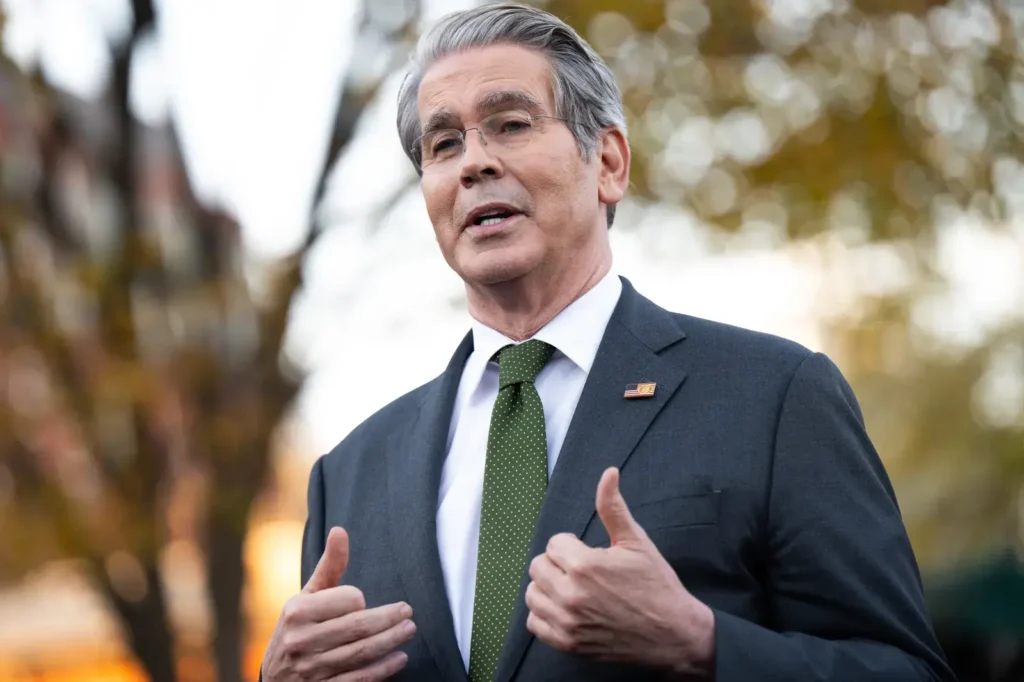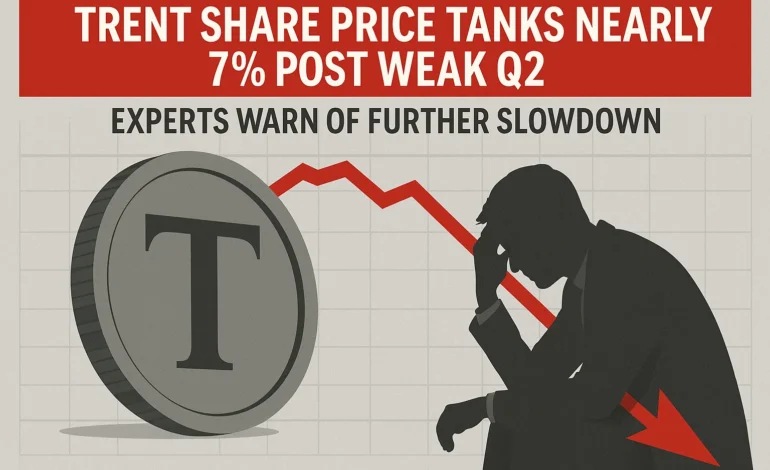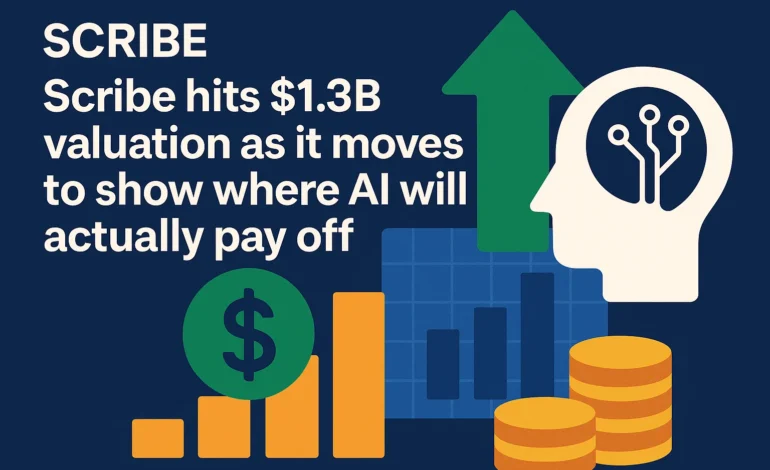Bessent Says Trump’s $2,000 ‘Dividend’ Could Arrive Through Tax Cuts

Table of Contents
We’re seeing a bold economic proposal emerging around the idea of a “tariff dividend.” The Donald Trump-led administration has floated giving American citizens a $2,000 tariff dividend funded by trade-revenues rather than traditional borrowing. This matters for investors because trade policy, fiscal policy and market expectations are converging. According to Treasury data, the U.S. collected about $195 billion in tariff revenues from January through September 2025.
Meanwhile, Scott Bessent, U.S. Treasury Secretary, suggested that rather than direct checks, the benefit might arrive through tax cuts. For investors, interpreting this pattern of fiscal policy and trade excess matters just as much as corporate earnings. This article will examine the broader trends, drill into tax policy specifics, assess market and investor reaction, and end with what we should do next.
Trade Revenue Meets Fiscal Strategy
Tariffs surge, but so do uncertainties
The concept behind the tariff dividend hinges on aggressive trade policy. The U.S. government has insisted that tariff collections will “rise substantially.” In August 2025, Bessent told CNBC that his earlier estimate of $300 billion in tariff revenue would need to be “revised up substantially”.One widely-cited figure: Treasury’s data through certain quarters showed about $214.9 billion in 2025 so far.
This shows a growing revenue stream — yet the policy isn’t without risk. Legal challenges are pending against tariffs imposed under the International Emergency Economic Powers Act (IEEPA), which could reduce revenue and derail dividend plans.
Investor takeaway
For investors, a rising tariff revenue narrative suggests the federal government may have more fiscal flexibility than previously expected. That could support sectors sensitive to fiscal stimulus (e.g., consumer discretionary, infrastructure). At the same time, the legal and inflation risks inherent in tariff policy suggest caution — certain earnings growth assumptions could be under threat if trade costs rise or tariffs are pulled back.
Tax Cuts vs. Direct Payout: Policy Trade-Offs
Bessent’s signal: tax relief over checks
Rather than a simple $2,000 cheque, Secretary Bessent has hinted at tax cuts as the “dividend.” He told ABC’s “This Week” that the payment “could come in lots of forms” and discussed features like deductions for tips, overtime, Social Security benefits and auto loans.
In February 2025, Bessent emphasized that extending existing tax cuts was “the single most important economic issue of the day”.
Implications and investor takeaway
For investors, this suggests that households and corporations may see tax relief, which can boost disposable income or corporate profitability. Tax-sensitive sectors (utilities, financials) may benefit from improved margins. But direct payouts often spur consumer spending more quickly; tax cuts may lag in measurable impact.
That means companies reliant on immediate consumer demand might not see the full benefit as soon. It also means fiscal stimulus may be more embedded and less obvious — which could reduce the inflation spike risk but may also dampen the growth catalyst.

Market Reaction and Sentiment
Social signals & investor mood
The Twitter-style platform X (formerly Twitter) and the posting on Truth Social from Trump created a social wave. “A dividend of at least $2,000 a person (not including high income people!) will be paid to everyone,” Trump wrote. The phrase “People that are against Tariffs are FOOLS!” also went viral.
This kind of social media push can raise expectations and drive speculation in equities and, to some extent, alternative assets. For example, analysts have flagged that tariff-driven inflation concerns and uncertainty over policy may push capital into hedge assets like gold or cryptocurrencies.
Investor takeaway
Sentiment is cautiously optimistic: tax cuts and some form of dividend relief could boost growth. Yet uncertainty remains timing is unclear, legislation is required, and tariff legality is a wildcard. Investors may therefore lean toward sectors:
- Beneficiaries: Consumer staples (steady demand), utilities (tax relief), financials (improved margins).
- Risks: Import-heavy companies facing higher costs, exporters at risk of retaliation, inflation-sensitive sectors like tech (with tight margins).
Monitoring sentiment indicators (social media, policy announcements) can provide early clues to shifts in market mood.
What About Stocks and Specifics
Corporate impact: beneficiaries and watchers
Let’s look at some company-specific angles:
- Companies with large domestic cost bases and less import exposure may benefit if tax relief boosts consumer spending.
- Firms highly exposed to imports from tariff-targeted countries may face cost pressure and margin erosion.
- Financial firms might enjoy improved earnings if tax cuts uplift consumer and business activity.
One example: If sector X (say, a major domestic retailer) is not burdened by tariffs but shares in consumer tax relief, its valuation could improve. Conversely, a large manufacturer reliant on foreign components may face headwinds.
Investor takeaway
Focus on companies with high domestic exposure, strong cash flow, and manageable cost structures. Avoid or hedge companies with export risk, heavy supply-chain reliance abroad or those with thin margins who cannot absorb cost escalation. This is more import-sensitive than many realize given the tariff dividend narrative. For more insights, check out Trent Share Price Tanks Nearly 7% Post Weak Q2 | Experts Warn of Further Slowdown.
Bottom Line
In summary: The concept of a $2,000 tariff dividend is capturing investor attention not because the payout is guaranteed, but because it signals a broader shift in fiscal and trade policy. For investors, the three big takeaways are:




